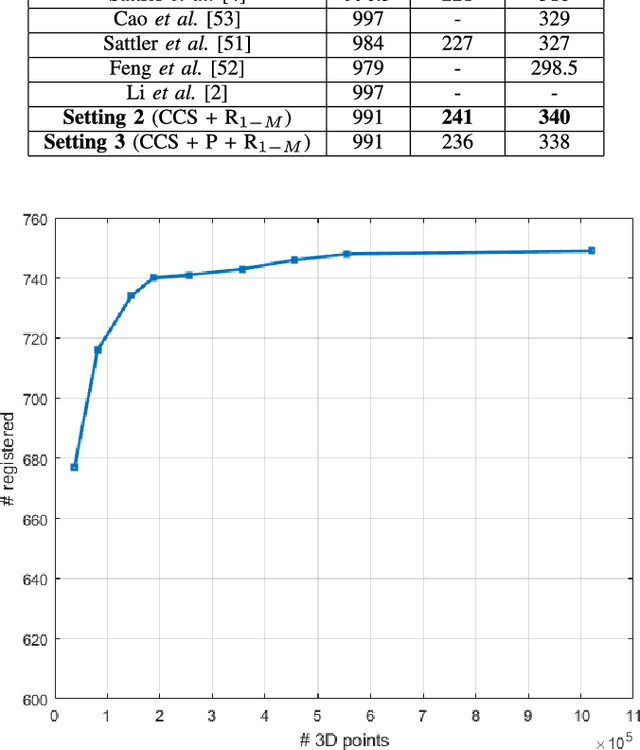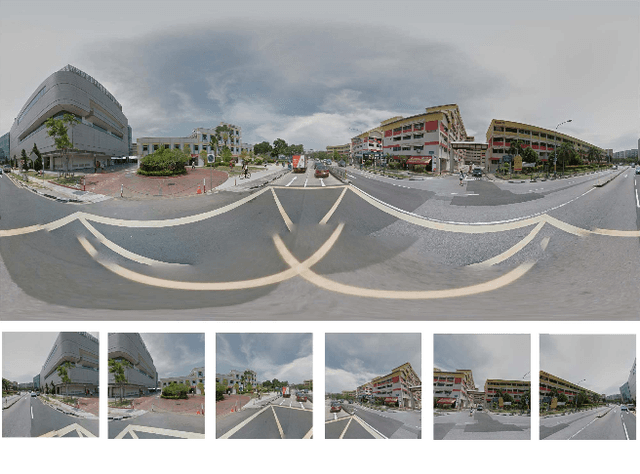Tuan-Anh Bui
Improving GAN with neighbors embedding and gradient matching
Nov 04, 2018



Abstract:We propose two new techniques for training Generative Adversarial Networks (GANs). Our objectives are to alleviate mode collapse in GAN and improve the quality of the generated samples. First, we propose neighbor embedding, a manifold learning-based regularization to explicitly retain local structures of latent samples in the generated samples. This prevents generator from producing nearly identical data samples from different latent samples, and reduces mode collapse. We propose an inverse t-SNE regularizer to achieve this. Second, we propose a new technique, gradient matching, to align the distributions of the generated samples and the real samples. As it is challenging to work with high-dimensional sample distributions, we propose to align these distributions through the scalar discriminator scores. We constrain the difference between the discriminator scores of the real samples and generated ones. We further constrain the difference between the gradients of these discriminator scores. We derive these constraints from Taylor approximations of the discriminator function. We perform experiments to demonstrate that our proposed techniques are computationally simple and easy to be incorporated in existing systems. When Gradient matching and Neighbour embedding are applied together, our GN-GAN achieves outstanding results on 1D/2D synthetic, CIFAR-10 and STL-10 datasets, e.g. FID score of $30.80$ for the STL-10 dataset. Our code is available at: https://github.com/tntrung/gan
Dist-GAN: An Improved GAN using Distance Constraints
Jul 27, 2018



Abstract:We introduce effective training algorithms for Generative Adversarial Networks (GAN) to alleviate mode collapse and gradient vanishing. In our system, we constrain the generator by an Autoencoder (AE). We propose a formulation to consider the reconstructed samples from AE as "real" samples for the discriminator. This couples the convergence of the AE with that of the discriminator, effectively slowing down the convergence of discriminator and reducing gradient vanishing. Importantly, we propose two novel distance constraints to improve the generator. First, we propose a latent-data distance constraint to enforce compatibility between the latent sample distances and the corresponding data sample distances. We use this constraint to explicitly prevent the generator from mode collapse. Second, we propose a discriminator-score distance constraint to align the distribution of the generated samples with that of the real samples through the discriminator score. We use this constraint to guide the generator to synthesize samples that resemble the real ones. Our proposed GAN using these distance constraints, namely Dist-GAN, can achieve better results than state-of-the-art methods across benchmark datasets: synthetic, MNIST, MNIST-1K, CelebA, CIFAR-10 and STL-10 datasets. Our code is published here (https://github.com/tntrung/gan) for research.
On-device Scalable Image-based Localization
Feb 10, 2018



Abstract:We present the scalable design of an entire on-device system for large-scale urban localization. The proposed design integrates compact image retrieval and 2D-3D correspondence search to estimate the camera pose in a city region of extensive coverage. Our design is GPS agnostic and does not require the network connection. The system explores the use of an abundant dataset: Google Street View (GSV). In order to overcome the resource constraints of mobile devices, we carefully optimize the system design at every stage: we use state-of-the-art image retrieval to quickly locate candidate regions and limit candidate 3D points; we propose a new hashing-based approach for fast computation of 2D-3D correspondences and new one-many RANSAC for accurate pose estimation. The experiments are conducted on benchmark datasets for 2D-3D correspondence search and on a database of over 227K Google Street View (GSV) images for the overall system. Results show that our 2D-3D correspondence search achieves state-of-the-art performance on some benchmark datasets and our system can accurately and quickly localize mobile images; the median error is less than 4 meters and the processing time is averagely less than 10s on a typical mobile device.
 Add to Chrome
Add to Chrome Add to Firefox
Add to Firefox Add to Edge
Add to Edge